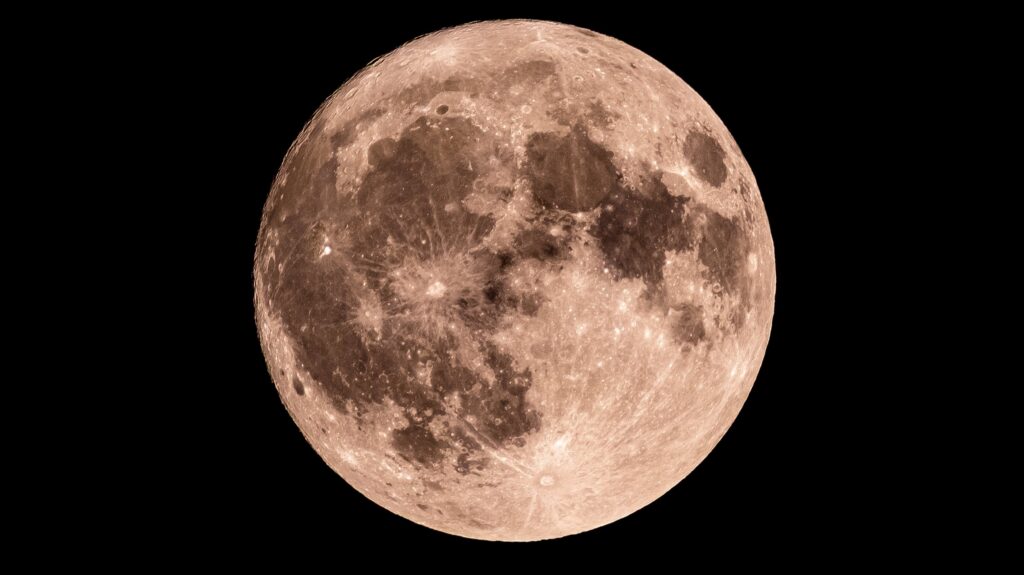
As of August 4, 2025, the moon is in the Waxing Gibbous phase, illuminated at approximately 77%. This phase occurs on the 11th day of the lunar cycle, which spans around 29.5 days, according to data from NASA. During this phase, the moon’s visibility increases each night, allowing observers on Earth to enjoy a clearer view of its features.
Tonight, stargazers can expect to see notable lunar landmarks with the naked eye, including the Copernicus Crater, the Mare Tranquillitatis, and the Mare Crisium. For those equipped with binoculars, additional details become visible, such as the Posidonius Crater, the Mare Nectaris, and the Endymion Crater. A telescope will reveal even more, including the Rima Arladaeus, the Descartes Highlands, and the Apollo 12 landing site.
Understanding Moon Phases
The moon undergoes a series of eight distinct phases, which are a result of the changing angles between the Sun, Moon, and Earth as the moon orbits our planet. This cycle leads to variations in how much of the moon’s surface is illuminated, resulting in the different phases we observe. The full cycle consists of:
– **New Moon:** The moon is positioned between Earth and the Sun, rendering it invisible.
– **Waxing Crescent:** A small sliver of light appears, visible on the right side.
– **First Quarter:** Half of the moon is illuminated, appearing as a half-moon.
– **Waxing Gibbous:** More than half is lit, but it is not yet full.
– **Full Moon:** The entire face of the moon is fully illuminated and visible.
– **Waning Gibbous:** The moon begins to lose light on the right side.
– **Last Quarter:** Another half-moon, with the left side now illuminated.
– **Waning Crescent:** A thin sliver of light remains before the moon becomes dark again.
The next full moon is set for August 9, 2025, following the last full moon which took place on July 10.
Understanding these phases enhances our appreciation for the moon and its cyclical journey. Each phase not only offers a visual spectacle but also connects us to the broader cosmic movements. Observing the moon can inspire curiosity about our place in the universe, making each lunar cycle an event worth noting.






